Kielian Lab Members 2024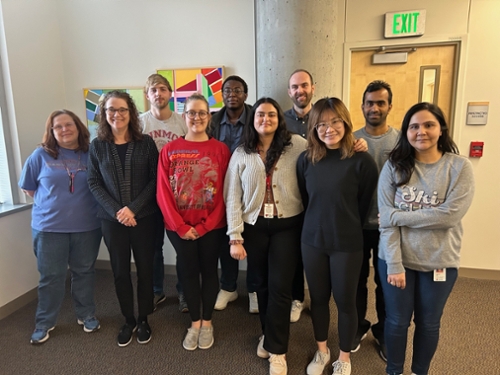
(Front row (L->R): Rachel Fallet, Tammy Kielian, Nichole Brandquist, Artha Lotlikar, Leann Xu, and Gunjan Kak
Back row (L->R): Zach Van Roy, Adedayo (Dayo) Ogunware, Lee Korshoj, and Prabhakar Arumugam)
Lab Outing to Bellvue Berry Farm where we enjoyed a potluck lunch, campire, and hayrack ride!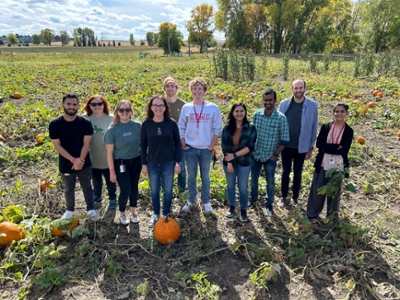
(L to R: Mohammadsobhan (Sobi) Karvandi (rotation student), Rachel Fallet, Nichole Brandquist, Tammy Kielian, Zach Van Roy, Jaxon Kramer (rotation student), Gunjan Kak, Prabhakar Arumugam, Lee Korshoj, and Atqiya Fariha (rotation student))
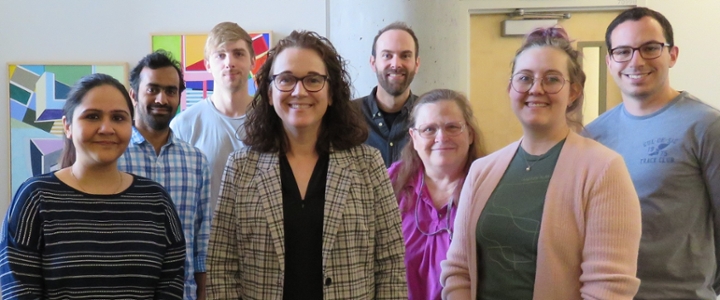
(L to R: Gunjan Kak, Prabhakar Arumugam, Zachary Van Roy, Dr. Tammy Kielian, Lee Khorshoj, Rachel Fallet, Nichole Brandquist and Blake Bertrand)
Laboratory outing = Ax throwing!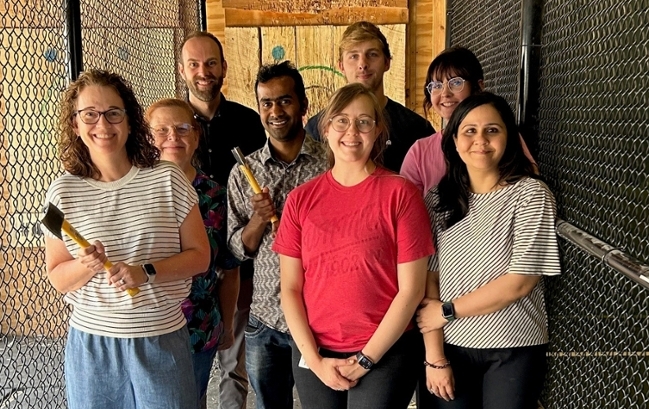
Latest outing playing golf while enjoying the beautiful weather.
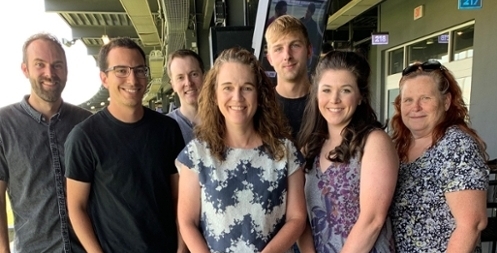
Laboratory outing at the Escape Omaha. We solved the mystery with 7 minutes left!
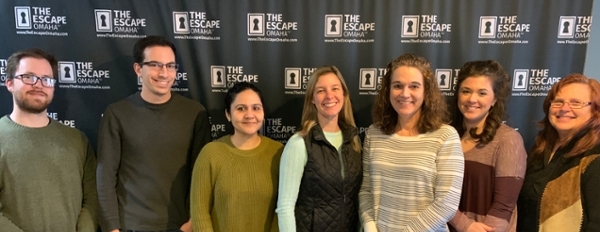
(L to R: Chris Horn, Blake Bertrand, Gunjan Kak, Sharon Morais, Dr. Tammy Kielian, Cortney Heim, and Rachel Fallet)
Dr. Kielian's laboratory is currently accepting graduate students.
Dr. Kielian’s research interests span the fields of immunology, infectious diseases, and neuroscience with a unifying theme of innate immunity. Her laboratory has a long-standing interest in studying the pathogenesis and immune responses elicited by Staphylococcus aureus (S. aureus) both in the periphery and the central nervous system (CNS), with a particular emphasis on microglial and astrocyte activation. Dr. Kielian’s earlier work was focused on understanding neuroinflammatory pathways elicited during S. aureus brain abscess formation, which has transitioned to investigate immune mechanisms pertinent to S. aureus biofilm infections. To this end, her laboratory has developed mouse models of biofilm infection associated with orthopedic implants and cranial bone flaps that accurately mimic the attributes of biofilm infections in humans. Her laboratory was the first to propose that S. aureus biofilms actively elicit an anti-inflammatory immune signature to explain, in part, why these infections persist in an immune competent host. This is achieved by the preferential recruitment of myeloid-derived suppressor cells (MDSCs) in addition to polarizing macrophage infiltrates towards an anti-inflammatory, pro-fibrotic phenotype. Ongoing studies are to identify the mechanisms responsible for skewing the host innate immune response to an anti-inflammatory state following S. aureus biofilm infection and how this may be targeted to facilitate bacterial clearance. Her laboratory is utilizing high-throughput next-generation sequencing approaches (RNA-Seq and Tn-Seq) to elucidate critical molecules that promote biofilm development from both the host and bacterial perspectives. Other projects include 3D bioprinting approaches for the prevention/treatment of biofilm infections and active collaborations with orthopaedic surgeons and neurosurgeons at UNMC to investigate immune pathways in patients with prosthetic joint and craniotomy-associated infections, respectively.

